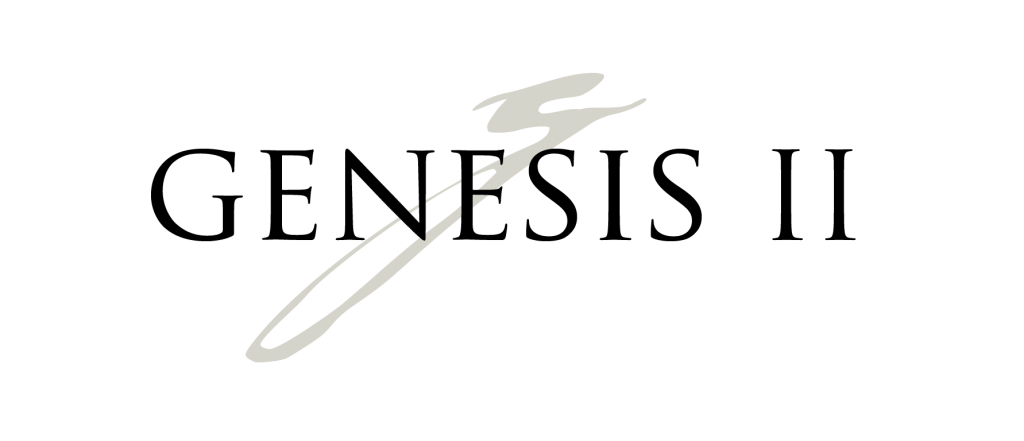

Trichotillomania or trich refers to a disorder where sufferers have the constant urge to pull out their hair. Targeted areas may include hair on the scalp, but also eyebrows, eyelashes, facial hair, and forearms. A person experiencing trich usually feels a sense of relief upon pulling their hair out.
Even though trichotillomania might gradually result in hair loss, unsightly bald patches, and self-esteem issues, sufferers may choose to keep their condition a secret and avoid treatment. An estimated 0.5 to 2% of the population (1) experience trichotillomania at some point in their lives. While trichotillomania often presents during the adolescent years, it can occur at any age.
Common Signs and Symptoms of Trichotillomania
Aside from compulsive hair-pulling habits, a person with trich may display outward signs of the condition including:
Brittle and breakable hair.
Bald patches or issues such as missing eyebrows.
Expressing a sense of comfort from hair-pulling
Hair-eating (trichophagia) in more serious situations.
Causes of Trichotillomania
The exact cause of trich remains unclear but health experts have identified several possible contributing factors to the condition. You might experience trichotillomania or trich as a coping mechanism for stress disorders, as a symptom of OCD (obsessive-compulsive disorder), or due to hormone imbalances possibly triggered by puberty.
Scientific research suggests a possible hormonal link associated with trichotillomania during the start of menstrual cycles. (2)
Successfully Treating Trichotillomania
Trichotillomania treatment usually involves CBT (cognitive behavioral treatment) that aims to reverse the existing thought processes leading to hair-pulling. Therapists may recommend alternative outlets for stress release. Some possible suggestions may include the use of a pull bracelet or fidget toy, or deep breathing meditation techniques.
While hair loss due to trichotillomania or trich could lower self-confidence and affect the quality of life, it is a highly treatable condition. In most cases, individuals can expect healthy hair growth within a year of stopping hair-pulling, depending on the extent of follicle damage.
Your hair specialist might recommend scalp supplements such as biotin (3) that strengthen hair roots and accelerate regrowth. Experts may prescribe topical treatment medications or hair transplants in more severe cases of follicle damage. Seeking immediate professional consultation can help reverse hair loss without delay and restore your quality of life to the fullest.
If you or someone you know is struggling with hair loss, Genesis II can help. Schedule a free consultation by clicking here.
References
Grant, J. E., & Chamberlain, S. R. (2016, September 1). Trichotillomania. The American journal of psychiatry. Retrieved August 14, 2022, from https://www.ncbi.nlm.nih.gov/pmc/articles/PMC5328413/
Grant, J. E., & Chamberlain, S. R. (2018, July). Salivary sex hormones in adolescent females with trichotillomania. Psychiatry research. Retrieved from https://www.ncbi.nlm.nih.gov/pmc/articles/PMC5985958/
Patel, D. P., Swink, S. M., & Castelo-Soccio, L. (2017, August). A review of the use of biotin for hair loss. Skin appendage disorders. Retrieved from https://www.ncbi.nlm.nih.gov/pmc/articles/PMC5582478/

